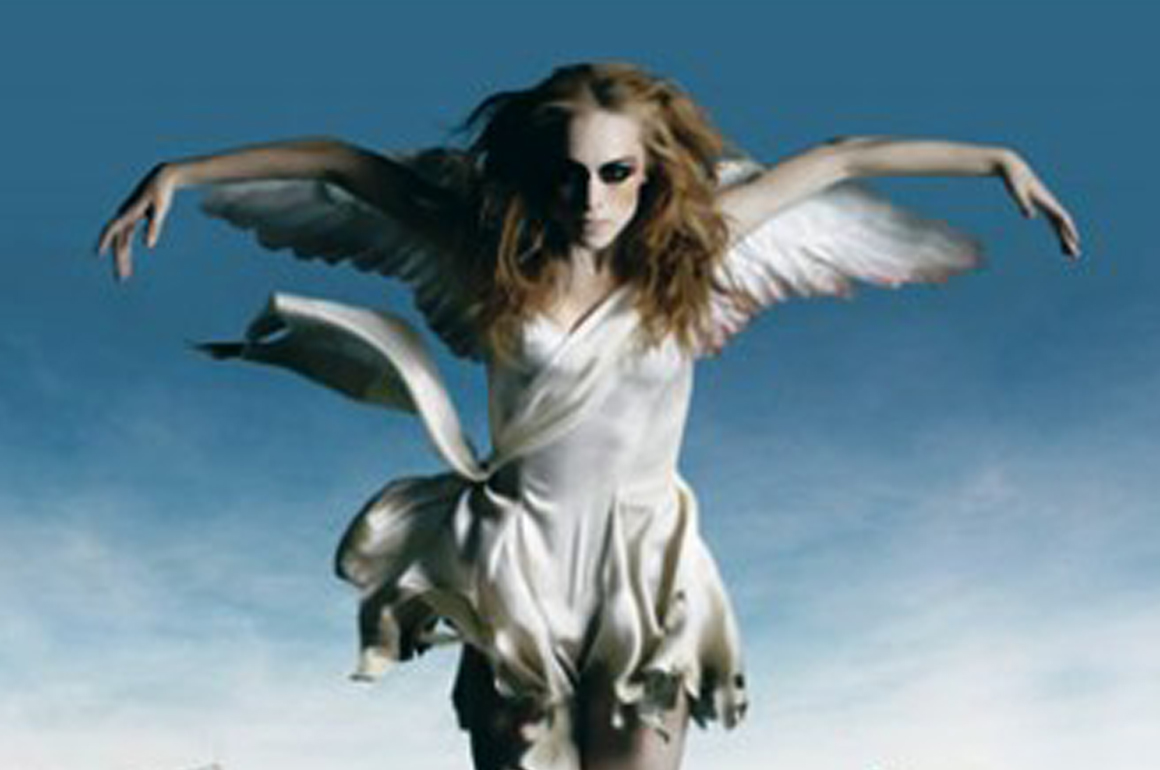

The world-renowned Scottish Ballet takes the stage in NYC this week. Recently we caught up with principal dancer Bethany Kingsley-Garner about what audiences can expect.
How long have you been dancing?
I started dancing at the age of three. I was a Junior Associate with the Royal Ballet before I was offered a full-time place at the Royal Ballet School. I trained there for 8 years, graduating with Honours.
What inspired you to start?
From a young age I remember classical music playing in our home. When I heard Jupiter from The Planets by Holst I felt moved and had to dance, it was a special moment, something took over my body. This was my first experience of feeling connected to music and dance.
Are they the same reasons you continue to dance today?
Yes, music still inspires me on a daily basis, but now it’s also the opportunity to perform many roles and characters where I can express myself further. That’s the joy of being a ballerina – you get to work with so many different people and experience so many productions that you’re constantly expanding your range of styles and push new boundaries in dance and expression. Scottish ballet is know for performing new works which suits my love of a challenge.
What are the challenges of the vocation?
The main challenge is if you get an injury. Being out of action can be frustrating for a dancer, but it happens to us all at some point. It’s difficult to accept at first but you have to remain positive and focus on recovery. Being away from the studio means you can learn more about your body, rehabilitation, maintenance and fitness. You also learn by observing from an audience perspective.
What are the rewards?
Just performing on stage is the highest reward, there’s nothing quite like leaving your heart and soul on the stage after a performance. There are also times when I’ve had members of the audience or aspiring ballerinas tell me that they found my performance inspiring, and knowing you’ve had this kind of impact on someone is also amazing.
What have been some career highlights?
I have two that come to mind. Firstly, when I performed Juliet at Sadler’s Wells in London – I had all my family in the audience as well as ballet members from The Royal Ballet School. I felt proud of what I had achieved and it was a very emotional performance. My second most rewarding moment was receiving my promotion to Principal on stage after performing Odette / Odile in Swan Lake. Hearing the audience applaud with tears streaming down my face, it’s a moment that will last forever.
 Is your creative process more inspirational or perspirational?
Is your creative process more inspirational or perspirational?
It’s definitely a combination of the two. I have to connect with the role and understand what emotions I’m trying to get across on stage, but this usually comes after a lot of hard work in the studio. Once I get close to a performance and I’ve practiced and practiced the technical aspects of a role, then I feel I have the opportunity to really think about the character.
What can the audiences in NYC expect on April 11th?
Exactly what Scottish Ballet is amazing for – a wide ranging repertoire. From classical ballet to contemporary, there will be something for everyone. It’s definitely a collection of works that the dancers are excited to perform because of the challenge that variety brings, and I think the audience will be able to feel that enthusiasm and dynamism on the stage.
What’s next on your dance agenda?
After New York we fly back to HQ in Glasgow and will rehearse A Streetcar Named Desire ready to perform in LA in May. We’ll then be returning to Sadler’s Wells in London in June to perform a double bill of Crystal Pite’s Emergence and MC 14/20 by Angelin Preljocaj. We’ll then have our summer break, but will be back in the studio in July to get ready for Artistic Director / CEO Christopher Hampson’s Rite of Spring alongside The Fairy’s Kiss by Sir Kenneth MacMillan to mark the 25th anniversary of his death.




















Leave a Comment